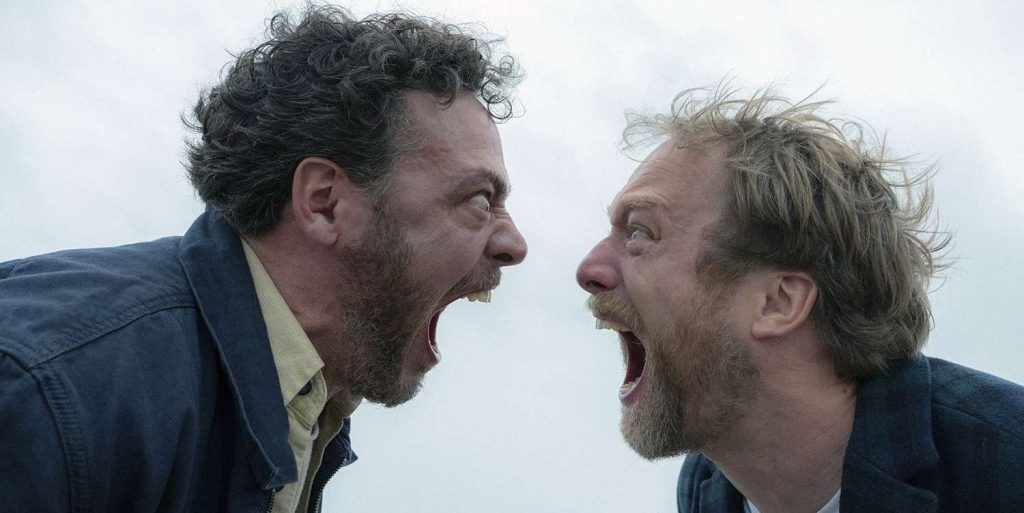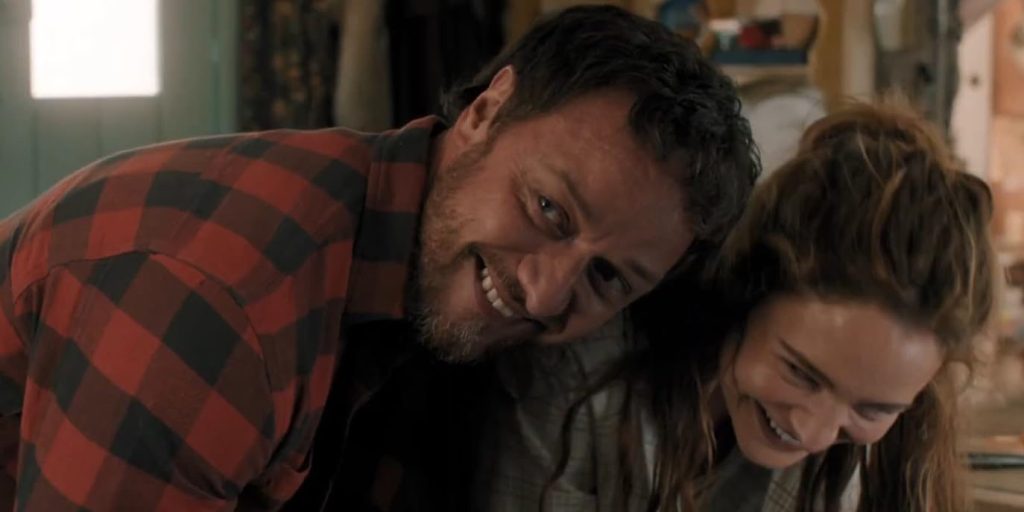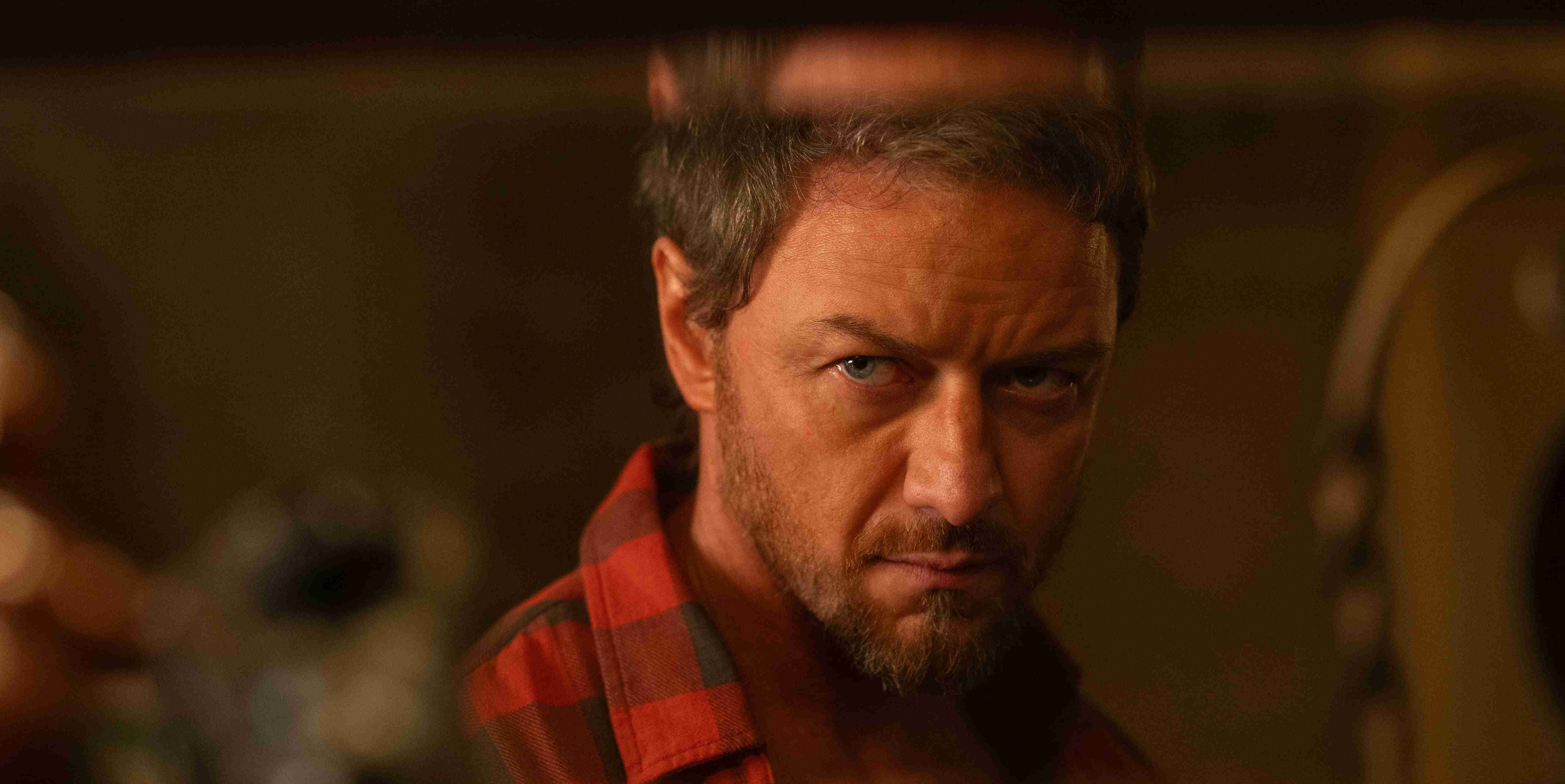Helmed by James Watkins, ‘Speak No Evil’ is a psychological thriller film that revolves around Ben and Louise Dalton, a married couple, and their daughter, Agnes. During a vacation, the Daltons befriend a British couple, Paddy and Ciara, who invite them to stay at their country estate. However, once the family moves in with their new hosts, they are alarmed by Paddy and Ciara’s change in behavior. Additionally, as the family starts uncovering secrets in their hosts’ rural farmstead, a much darker and sinister plot begins rearing its head, which threatens to upend their lives.
Rather than delving into a run-of-the-mill horror story, ‘Speak No Evil’ approaches its macabre themes through the lens of human interactions and their accompanying complexities. The movie explores themes of social conventions, politeness, and walking a tightrope between etiquette and confrontation in dangerous situations. As such, the sinister undertone running throughout the narrative is grounded in a sense of real-life jeopardy, which is certain to prompt questions among viewers regarding the inspirations of the movie and whether it happens to be based on reality.
Speak No Evil is a Remake of a Psychological Horror Movie
Written and directed by James Watkins, ‘Speak No Evil’ is based on the 2022 eponymous Danish film by Christian Tafdrup, originally titled ‘Gæsterne.’ Although the tale is mainly fictional, the remake takes almost all of its cues and inspirations from its source material, which was penned by Christian Tafdrup and his brother Mads Tafdrup. The original movie explores the awkwardness of human interactions and how the unsaid things between people can turn into ugly and nasty things later down the line. For Christian, the idea took shape gradually as he was initially uninterested in making a horror film, owing to their clichés and flat characters with flat story arcs. However, after much reflection, he landed upon an idea where he could combine elements of social satire with the conventions of the horror genre.

In an interview with Roger Ebert, the director explained, “I thought I should make a film about this simple idea. For a long time, I wondered if it could be a comedy about couples and misunderstandings. But that was too easy. I thought that if I could combine social satire and family drama with conventions of the horror genre, it would become more interesting. When I did that, the film opened up in my mind. It became darker, more radical—and about something.” Christian revealed that the sense of “cringeness” people feel when interacting with others was something he identified with himself due to his own sociable nature.
Thus, while the events in the film may not be based on reality per se, the themes and situations were built out of his personal perspective on human relationships and people’s connection with each other. Often, horror films are terrifying because of a supernatural monster lurking under a bed or at the end of a hallway. However, according to the director, nothing is more scary than people themselves. “In the beginning, I had in mind that our horror was between people and about what you don’t know about others. That’s what frightens me. I’m not afraid of vampires or ghosts. I’m afraid of other people and myself,” Christian summed up.
Speak No Evil Also Takes Inspiration From Other Black Comedy Dramas
When James Watkins watched the original movie, he was struck by its relentless and brutal nature. The writer-director hoped to transpose all the themes and characters from the Christian Tafdrup directorial with minor changes, most of which were centered around bringing the story into a different world. He reimagined the setting of the original story and placed it in the English countryside, as it helped him bring a sense of specificity to the narration due to his personal background. “It was like, ‘Listen, if you want to do this in America and it’s New Yorkers go to Virginia, I don’t know how to write that. I don’t know those people. It’s going to be secondhand. It’s going to be a bit generic.'” the director said.

Subsequently, he dug a little deeper into the mythology and humor that was deeply regional in a rural English setting. Although the stereotype is for British people to be depicted as repressed, Paddy and Ciara are far from the typical English couple who are only interested in their own affairs. Furthermore, the idea of the Daltons being uptight was slightly off-kilter from the general depiction of an American family, but one that Watkins felt was justified as people often come in all shapes and sizes. The distinction between the families created a sense of tension that was vital to the story’s unhinged aspects. Without them, the queasiness of their situation would feel lifeless and without any nervous energy.
However, it was the drama side of things where Watkins started playing around with several ideas and inspirations from other works. “There’s a conversation with ‘Straw Dogs’ at the end,” he said. “But before that, I was looking at Michael Haneke and Ruben Östlund and Mike White with ‘The White Lotus,’ that kind of queasy dramedy of social interaction. I suppose, the horror of everyday life and how we all try to negotiate it.” Even though the final product diverts slightly in places from the original, it still probes into those same uncomfortable situations that no one would want to find themselves in.


You must be logged in to post a comment.